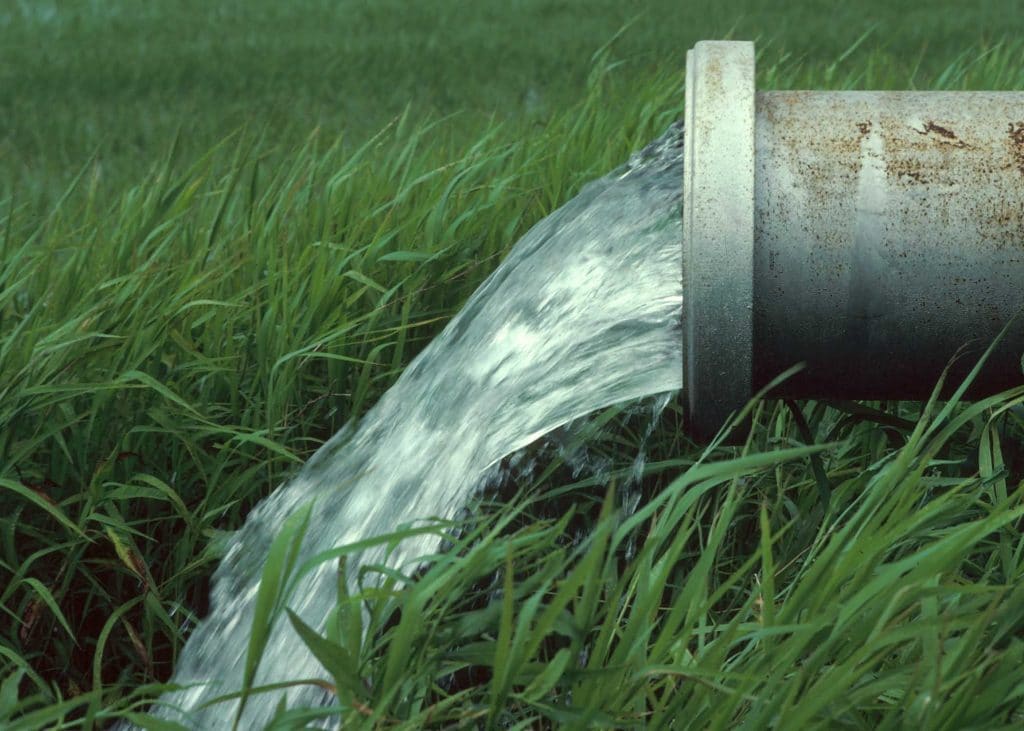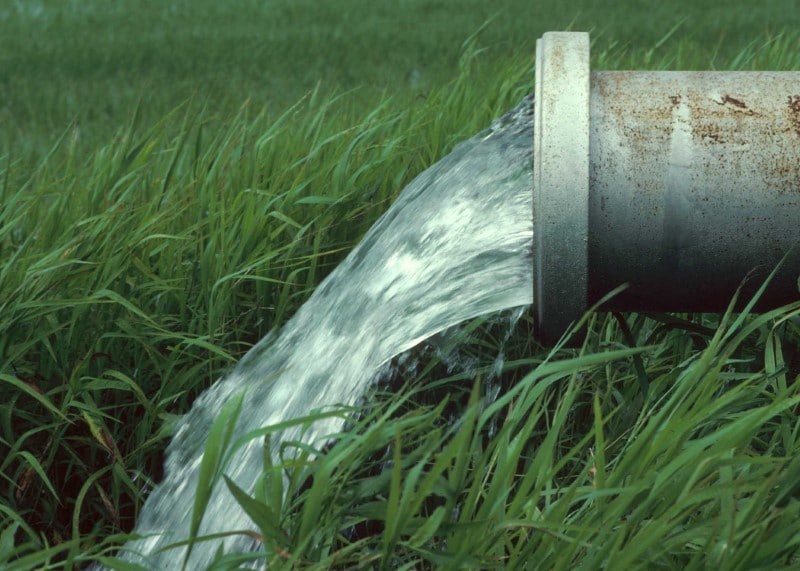
Almost half the population in the United States depends on groundwater for everyday drinking water. Because of the high percentage of groundwater consumers, protecting the groundwater resource is imperative. Groundwater is different from surface water. It is water found within the openings of rocks embedded in the land. Just imagine a bowl of marbles holding water within their spaces. This is how groundwater is held in the subsurface. Some of myths about groundwater are:
- It is eliminated from the soil and is not replaced.
- It is able to move very quickly.
- There is no connection between surface water and groundwater.
- It is able to move for thousands of miles.
- It is not an important source of clean water supply.
To access groundwater, you have to access the aquifer. The aquifer is composed of graver, permeable rock, or sand that holds water. Salty water, fresh, or brackish water may be found in aquifers and these can supply a public water supply system. For aquifers to provide agricultural lands and urban areas with sustainable, lean water, it have to be about a few hundred feet underneath the surface of the ground. Groundwater depends on gravity as its primary force for its movement within aquifers, which are not sandwiched by rock that’s impermeable. This is a normal, unconfined aquifer. Groundwater usually flows in a downhill movement until it reaches a surface at the bottom or side of a wetland, lake, riverbed, or any body of water on the surface. With all these mentioned, a homeowner should always consider keeping groundwater away from raised mound systems.
Just like a conventional septic system, the raised mound system has a septic tank and a soil absorption area that should be well maintained. Doing so will keep the raw effluent separate from the safe and clean drinking water. As a homeowner, you should participate in the proper maintenance of your raised mound system so that you could effectively keep the groundwater from interacting with the wastewater. Below are some practices you could do to make this possible:
- Use eco-friendly cleaning products. These will never harm bacteria so the wastewater treatment will go on smoothly. The solid waste particles will be degraded and will not block the filters and soil absorption system of your raised mound.
- Always adhere to the pump out schedule. You should see to it that your sand mound tank is pumped out thoroughly. Regular pump outs eliminate the sludge. If this is not accomplished, the sludge will take over the raised mound’s tank and everything will be clogged. The raw wastewater will backup and overflow, paving the way for groundwater contamination.
- Remove the heavy vehicles and structures on top of or near the raised mound system. The weight will damage the sand mound components. This will bring about leaks and raw sewage will seep into the groundwater supply.
Keeping groundwater away from raised mound systems is a task you can accomplish. Just be mindful of the way you use your raised mound and you will always enjoy clean groundwater for drinking and other daily activities.
